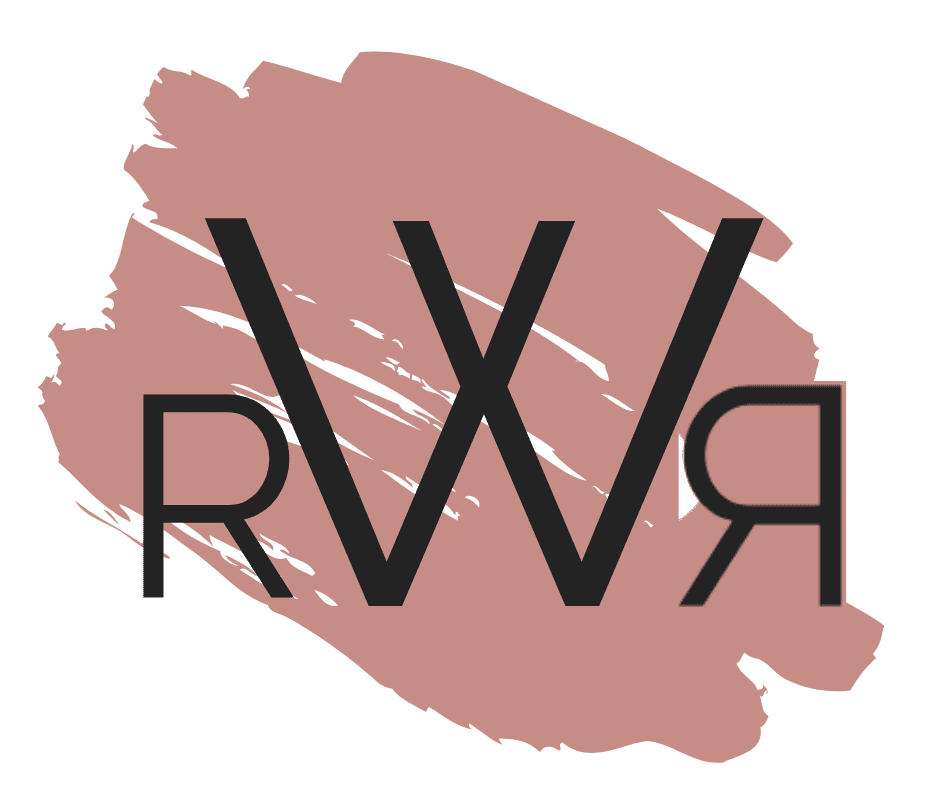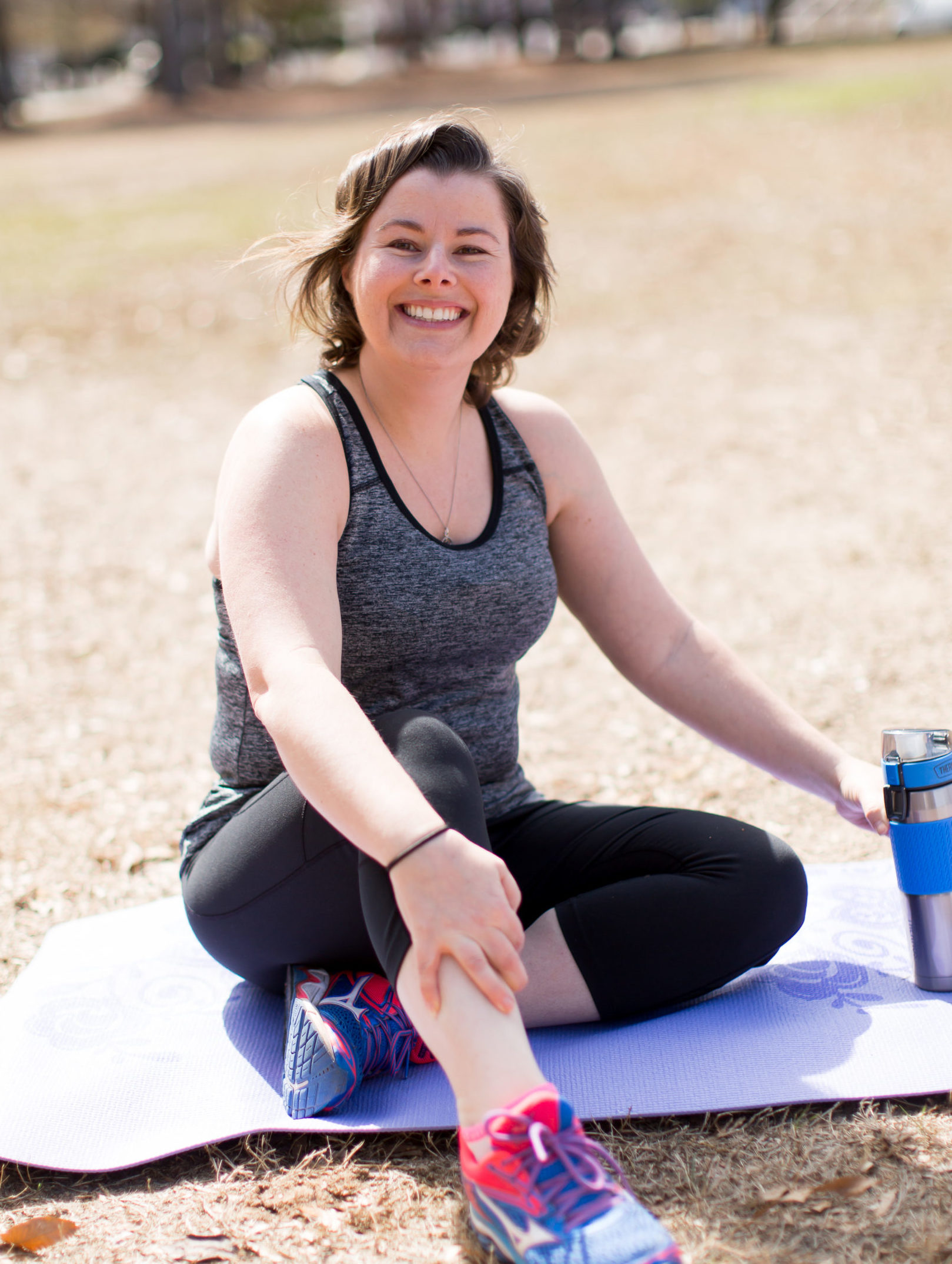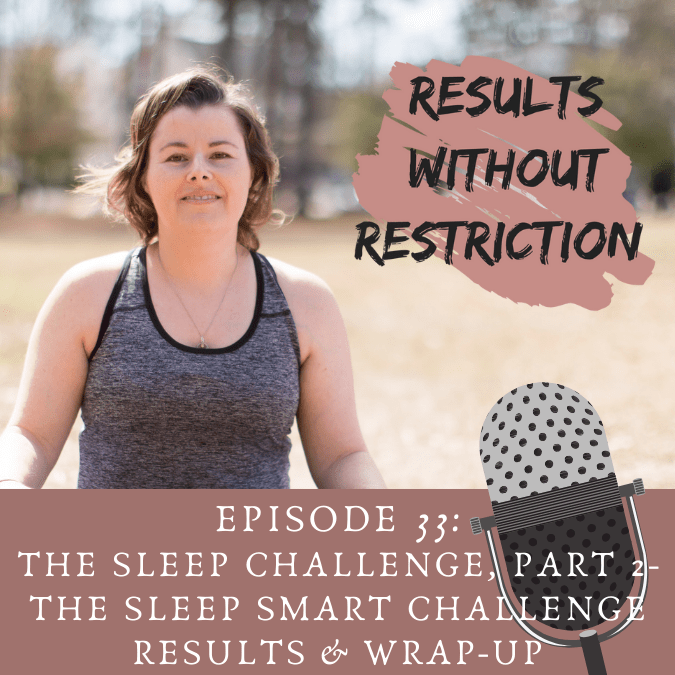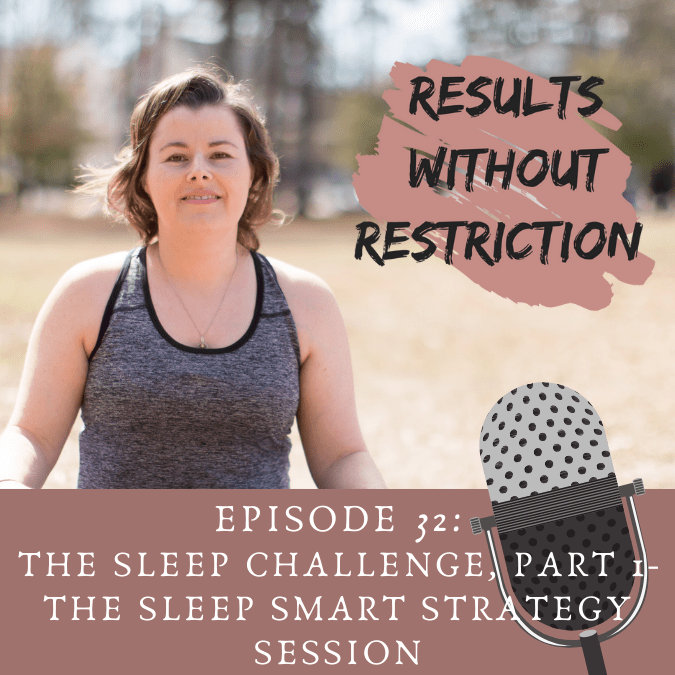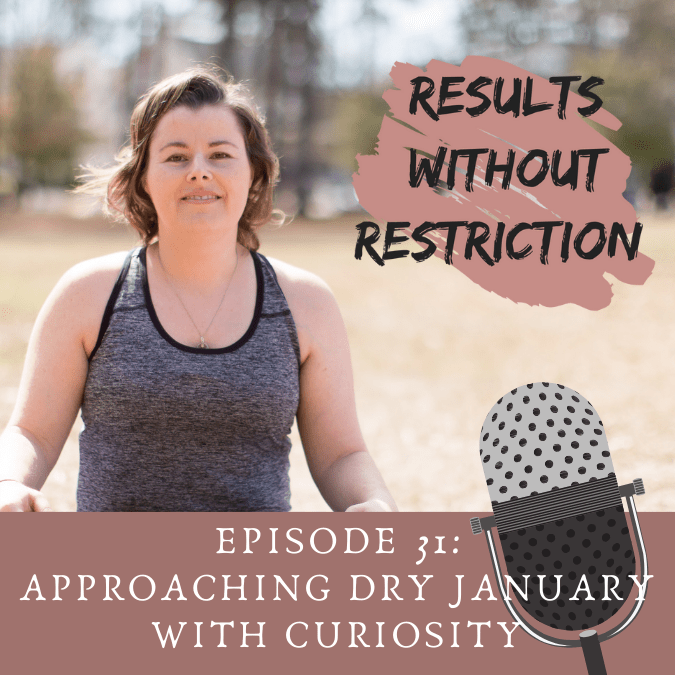Subscribe: Apple Podcasts | RSS
In this episode, I’m welcoming Tashya Knight, a certified health educator, health coach, and yoga instructor, back to the show. Tashya shares her journey into yoga, emphasizing its role in her wellness and the surprising benefits she experienced.
The discussion covers the physical and mental health benefits of a regular yoga practice, busting yoga myths and highlighting its impact on physical, mental and emotional health.
Tashya elaborates on the importance of self-acceptance, self-confidence, and spending time with yourself in yoga. We dive into Tashya’s approach to yoga as a healing practice, particularly in addressing trauma and promoting breath awareness and how finding the right yoga style, teacher, and studio are important to create a positive and welcoming experience.
Key Takeaways:
• Yoga as a Holistic Wellness Practice – it’s not just as a physical activity but a holistic practice affecting mental and emotional well-being.
• A regular yoga practice has diverse health benefits including stress management, anxiety reduction, improved sleep, lower cortisol levels, enhanced cardiovascular health, and even potential relief from migraines
• It’s important to approach yoga with an open mind and curiosity. Each person’s body is unique, and yoga should be personalized to meet individual needs. Modifications and variations are encouraged, promoting a sense of self-acceptance and self-confidence
• Restorative yoga is a practice focused on rest and relaxation. The poses involve the use of props and aim to calm the nervous system, providing an opportunity for deep relaxation and self-care
Quotes:
- “I can’t imagine my life without yoga. I can’t imagine not sharing this with other people and helping them to calm their anxiety. It’s helped me with my depression. It has helped me with stress.”
- “Yes, it is slow because it’s asking you to slow down. You’ve lived your life in a form of, you know, whatever goes on in your daily life, taking some time to yourself.”
- “[Your practice] is all about you, and it’s yours. So finding ways to use breath allows you to find ways to get quiet, to slow down, to take a minute that’s just yours.”
- “Restorative yoga is it’s just really a time to rest your mind and rest your body, which I think is something we all need in our time right now where we’re constantly on the go.”
Resources Mentioned:
-
The Effect of Yoga on Stress, Anxiety, and Depression in Women
-
Exploring the therapeutic effects of yoga and its ability to increase quality of life
- The effectiveness of yoga in modifying risk factors for cardiovascular disease and metabolic syndrome
- Impact of Yoga on Inflammatory Biomarkers
Join Tashya for a free class
Tashya hosts a virtual Saturday morning restorative yoga class, so no matter where you are, you can join Tashya at 10am Eastern for an hour of self-care as you start your weekend.
Want to join Tashya for a virtual yoga class?
About Tashya:
Tashya is a former educator with a Bachelor’s in Education and a Master’s in Health Promotion.
After finishing her degree, she became a certified health education specialist (CHES). Combining this with her health coaching certification she has created programs, curriculums, lessons, and experiences on the subject matters of mindfulness, yoga, wellness, SEL, self-care, and empowerment.
Enrolling in a yoga teacher training allowed Tashya to do the hard work of healing herself by applying yoga philosophy, meditation, and aspects of her wellness coaching. She removed herself from toxic behaviors and relationships. Using her own experiences, she has been able to create programs that empower women to thrive as their best selves.
After leaving the classroom, Tashya worked for several different non-profit organizations teaching kids cooking classes, nutrition education, social emotional learning skills, girl’s empowerment, yoga, mindfulness, and self-care practices. She is a professionally trained and certified health coach and yoga instructor.
Tashya is a passionate advocate for promoting wellness and empowering young people and adults to know their worth and practice self-care on a daily basis. She currently resides in Brooklyn, NY where she continues to teach yoga, coach clients, and write about various wellness topics.
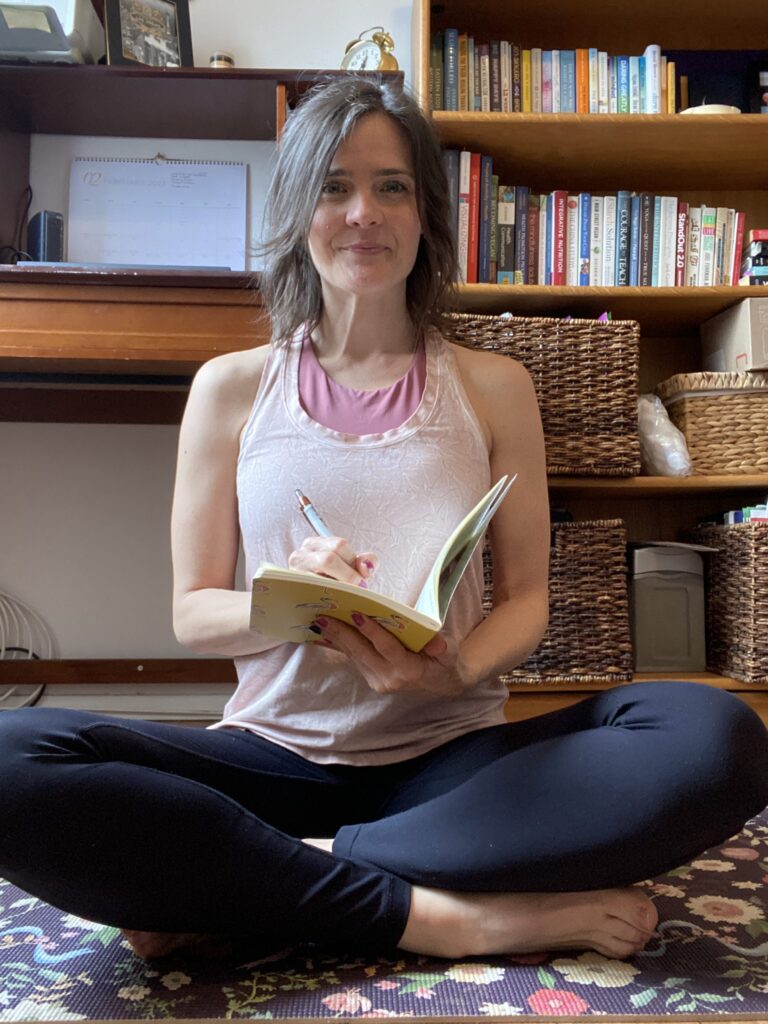
Connect with Tashya:
-
On her website: www.wellness13.com
-
On Instagram: @wellness13llc
- Join Tashya for a virtual yoga class: https://www.wellness13.com/book-a-yoga-class/
In this episode, I’m welcoming Tashya Knight, a certified health educator, health coach, and yoga instructor, back to the show. Tashya shares her journey into yoga, emphasizing its role in her wellness and the surprising benefits she experienced.
Episode Transcript:
Laurie: Welcome everyone. Today I am talking to Tasha Knight, who you may recall has been a guest on the show already, but this time she’s back to talk to us about the benefits of a regular yoga practice. Now you might also remember that Tasha is a former teacher turned certified health educator, health coach, and yoga instructor. And she discovered yoga while she was working on her master’s degree in health promotion. And now she’s on a mission to empower individuals who are interested in taking a more holistic approach to their wellness journey. Welcome back, Tasha.
Tashya: Thank you, Laurie.
Laurie: What I would like to do is start with kind of like your backstory and how you got into yoga and definitely like your journey to becoming a yoga teacher. Can you tell us about that?
Tashya: Yes, absolutely. I actually came to yoga through meditation first. People usually come to yoga first and then find their way to meditation. But I was in grad school and my master’s is in health promotion. And I had one semester, we had an entire class on meditation. So we were learning the philosophy.
We were learning background and all of that. And we had to practice different types of meditation. So I started practicing the meditations. This is not about meditation, but the usual thoughts, I can’t do meditation. I can’t say it and had a lot of misconceptions about it. really began to understand and dive into it a little bit more.
And then from that started a meditation practice and then thought, Hey, maybe I should do a yoga class. So I took a couple of yoga classes and I actually wrote a blog post about this on my website. I didn’t like yoga and I didn’t think that I could do yoga. And I thought like, I can’t slow down. I can’t sit still. I can’t get quiet. I’d rather do a different type of movement, something a little more hardcore. Because I had been practicing the meditation, I found that when I showed up to the yoga class, it, I was able to practice it. I was able to connect to the breath and find that because I had learned how to slow down in the meditation.
Did I ever think I was going to be a yoga teacher? No. If you had asked me ten years ago, that wouldn’t even have been on my list of goals or aspirations. For some reason, I just felt like that was the next step for me. I was already a health coach. I had already gotten the degree in health promotion. I was already, you know, helping people and being of service in that way.
And then I started getting ads for this yoga program that was specifically for educators. And as you know, Laurie, I used to be a teacher. And so I thought, of course, I’ll go learn how to be a yoga teacher around my people, around other educators. And that’s what I found myself doing. So I ended up taking a yoga teacher training that was specifically for educators, very social, emotional learning based learning, how to incorporate that into your classes.
And I loved it. And I started to dive more into the philosophy and more into deepening my yoga practice, deepening my meditation practice, learning how to breathe better and all of that. And now I can’t imagine my life without yoga. I can’t imagine not sharing this. with other people and helping them to calm their anxiety.
It’s helped me with my depression. It has helped me with stress. It has helped me to just calm down in a world where I am constantly busy, busy, go, go, go. And this has just given me another tool for self care and to feel better in my life.
Laurie: Okay, so you already dipped your toe here into my next question, which is how can a yoga practice contribute to overall better health? And you mentioned some things that have been helpful for you. People may have a like a preconception about yoga, which is you go, you do some stretches, you lay on a mat. How does this help? But some very specific studies have been done on how yoga can help you physically and mentally. I just want to make sure people are aware of that.
Yoga has been shown to help lower cortisol levels, which is a stress hormone. So it helps with stress management, which is a huge factor in improving mental health. It’s also been shown to reduce anxiety and depression symptoms. It has been shown to help reduce chronic pain, reducing chronic inflammation.
It’s also been shown that it can help with your cardiovascular health, and this is amazing that it actually can impact your heart rate, your blood pressure, your cholesterol. It’s also been shown to help you sleep better, and because a lot of yoga practices incorporate breathing, it can actually make your lungs stronger.
So it might help if you have any kind of chronic lung conditions. And then the last thing I’ll note is that it has been shown to help with migraines. So if migraines are something that you struggle with, there’s a study that has shown that yoga may help to reduce the number of migraine headaches that you are experiencing. I think that’s amazing that all of this can be done through yoga. What are some other ways that yoga can really improve physical and mental health when you have a regular practice?
Tashya: Well, I think that it, um, allows you to spend time with yourself, right? So it improves your self acceptance. I think it improves your self confidence, right? Because your. listening to yourself, right? Like when I say, I say often at the beginning of a class is I’m just your guide, you know, your body and your mind’s better than I do. So what you need to do to make yoga, it’s all about you and it’s yours. So finding ways to use breath, right? Connecting your breath to your movement It allows you to find ways to get quiet, to slow down, to take a minute, right? That’s just yours. It also allows you to move your body in certain ways.
And I know that we have spoken before about trauma, and it allows you to move some of that through your body. It builds a more, um, stable foundation for yourself, helping you with balance, helping you with flexibility, with mobility.
And as we start to get older, um, we, some of that gets a little lost, right? So helping to build that strength and helping to build that balance and flexibility and mobility for yourself is really important for physical health. And it’s important for emotional and mental health because you’re doing that check in.
You’re taking time to listen to what’s coming up for you. And then hopefully not brushing that aside or stepping it down, hopefully taking some time to, um, bring that in. There’s more aspects of yoga than just the movement, right? There’s the meditation, there’s the breath work, there’s the learning to sit.
There’s also the living in your values. How are you showing up off the mat? And that’s a whole nother class in itself. So I won’t dive into that. So maybe that’s a, uh, another interview, but, um, I just think that it helps you in so many different ways in showing up for your life and connecting to who you truly are.
Laurie: I love that.
Tashya: I just really want to use yoga as a healing practice more so than a workout. Thinking from a trauma informed lens, how can we use yoga as a way to move our trauma through our body? Because we store it, I don’t know if you’ve ever read the book, The Body Keeps Score, by Bessel Van Der Kolk. And talks a lot about how we are not able to process the trauma.
Whether it is repressed memories, and sometimes it’s not even that. We know the trauma happened, we remember the trauma happened, but we don’t allow ourselves to deal with it. It’s more of a like, okay, that happened, stuff it down, move on. We wonder why our bodies are sick, our minds are sick. And so we wonder why that is.
And it’s because we’ve allowed that all to be trapped in. So my goal with yoga is finding a way to use it into connecting to your breath, moving your body. Yes, it stretches you, which is very important, but also using that just to learn how to breathe better, how to, you know, cause meditation is part of yoga and how to calm our nervous system down.
How to find a way to cope with our stressors. That’s a little bit more healthier than some other avenues. That is really how I approach yoga. A lot of people are like, Oh, it’s too slow. So I don’t want it as my workout. Yes, it is slow because it’s asking you to slow down. You’ve lived your life in a form of, you know, whatever goes on in your daily life, taking some time to yourself.
So, you know one of my big things is about finding self care for us. And it doesn’t just mean. Put on a sheet face mask and take a bubble bath or, um, it can be, I mean, I do those things. Not right now. It’s a little hot these days, but you know, once it becomes colder and winter, that’s definitely something I enjoy.
But finding one hour in your day where You sit with yourself, or you have that gentle movement, or you are working on your breath, or you’re thinking about some of the topics or, um, statements that maybe I bring up during the class as you’re moving, that is you taking care of yourself. That is you giving yourself self care.
That is you giving yourself love by allowing that one hour of slow down in that one hour of just you. We focus more on the movement of the body in yoga and the breath is really what’s so important. Something that I say to folks who are runners or cyclists, or they do something a little bit more of a high intensity workout rather than yoga, working on your breath helps you to have endurance for that. It allows you to stay in those workouts longer because you can recover your breath quicker because you’ve learned how to deepen that inhale and exhale so you can stay in that exercise a little bit longer than if you were breathing more shallow.
So that’s also another point that I like to bring up to people who tell me that they, you know “I can’t do yoga” or “I don’t like yoga and I don’t want to do it” and I’m like “Do you do others sports or other movement? because this breath alone will help you to feel stronger in that as well.”
Laurie: That’s a really good point.
Tashya: I think that’s something people don’t realize that, that breathing is such a big part of a yoga practice. When you’re talking to people about yoga and they tell you “Oh, I can’t do yoga. I tried it. I don’t like it.”
Laurie: What’s kind of like your number one tip for getting into a consistent yoga practice?
Tashya: The different styles are very important for yoga. And I also think a yoga studio and yoga teacher is really important because, um, If you go to a class and you already have those preconceived notions, right, of not wanting to do the yoga or having something about yoga already in your mind and not being for you or you’re not good at it, when you go and you find a teacher that is really welcoming or a teacher that makes yoga accessible, right, that normalizes using props, or normalizes you listening to your body and you figuring out what works for you.
Nobody shows up to a class of any kind and knows everything the first day. When I used to teach, I would say to students, like, you all didn’t show up to kindergarten, knowing everything. You all didn’t show up to third grade knowing all the answers, right? That’s why you’re here. The same applies to yoga, right?
So when I hear people say, “Oh, I’m not good at yoga”. Oh, neither was I. And you don’t have to be good at yoga. That’s not what it is. And something I like to say often is it’s a practice. So you’re always going to be evolving, you’re always going to be learning something new in yoga if you have an open mind.
And I think that’s really one of the most important things, is showing up with an open mind. Taking all of these other misconceptions or myths about yoga and placing them to the side. And just allowing yourself to be open minded on, how could this help me? What could I learn from this? Going in with that beginner’s mind and what is my mind saying to me?
What is my body saying? How is my breath helping?
Keeping that open mind as you go in and finding a teacher who you vibe with. You are not going to walk into every yoga studio and vibe with every single teacher there. You can walk into a studio and only find one teacher you like. You could walk into a studio and not find any teacher you like.
And the style of class also matters. My tip is play around. Go to a few classes, try a few different teachers out, try a few different styles out, and have that open mind, and allow yourself to absorb what is being said, what is being done, what is being taught, and then make your decision from there.
Laurie: I’m going to share my, my experience with yoga, which is kind of like what you just described in that, you know, I tried it when it was really popular. I went with friends to a class and I was really intimidated. I am not bendy. I am not flexible. I was just really embarrassed because I couldn’t do. any of the moves. Like you said, you don’t go, you don’t show up on the first day knowing everything or being, being able to do everything. But that’s kind of how I felt that not being able to do any of that made me feel like I shouldn’t be there. So I went to yoga. I wasn’t good at it. So I stopped doing yoga. So when you don’t do yoga, you’re not good at yoga. So, you can’t expect to be good at yoga when you don’t do it. That math doesn’t math, right?
So, I love your advice of being willing to approach this with curiosity, like, how could this work for me? What styles appeal to me? What is it that I like about yoga and what is it that I want to get out of it?
And then, I think it was probably about five or six years ago, I went with a friend to a beer yoga class. It was just supposed to be fun. I like beer. I like my friend. I’ll go. I’ll hang out on my mat while whatever. It was a really big class in the brewery and It was this teacher said something to me that flipped the switch. We’re doing something I’m over here. Like, I don’t know, maybe it was triangle or it was a warrior pose. And I was sucking at it, hardcore. And she said “listen to your body, do this If it feels good in your body” And I was like “Whoa, Whoa, Whoa, Whoa, wait a second….“
Because I had gone in with a very black or white “here’s how you do a move. If it looks like this, you’re doing it right. If it doesn’t look like this, you’re doing it wrong.”
But she’s telling me, I can modify this for what works with my body. And that was like a light bulb went off over my head. I was like, I can do yoga for my body. I can approach this in a way that, that works for me. And after that, I was hooked. I was like, okay, I can now give myself the space and allow myself to be a beginner and to be, and to learn and to, to grow in a practice.
Tashya: So I love that that is your advice to kind of, you know, approach it with a curiosity and a willingness to, to just do what works for your body. I love that you had that experience with that teacher, because that means that teacher was. welcoming, made it accessible, spoke to you as a person rather than, I’m at the front of the room, I know what’s going on, and this is how yoga is supposed to be.
That teacher made it about you, and that is what yoga is. The truth is, all of our bodies are built differently. All of our flexibility is different. Our mobility is different. Just our bodies in general, our bone structure, it’s all different. I’m really glad that even though you gave up on it for a little bit, that you still had an open mind and you went to another class and you found a teacher who embodied what yoga actually is.
Kindness, compassion, letting people be themselves, and tapping into who they are, rather than being at the front of the room telling you how you are supposed to be.
Laurie: Maybe the beer helped, right? It kind of loosened me up.
Tashya: Also that, sure. Yeah, it probably did.
Laurie: Um, but it was just like, I just felt like I finally had permission to just do yoga for me.
Tashya:I have a yoga client who comes every Saturday morning to my virtual class and for the past few years. And when I first, a few years ago before she came to the first class, when we were messaging about it and she said “I can’t do yoga. I’m not good at yoga.” I said to her “well, you don’t have to be good. Just show up.”
She now comes every week, if she took a vacation or, you know, during holidays when we don’t have class, she’ll say the following week, you know, I missed it. My body can feel that I didn’t do it. She can feel that she missed a class and she doesn’t want to miss a class. So I just think back to, and I’ve watched her also improve, in how she approaches the poses and how her flexibility has grown and her willingness to evolve her practice has grown and I’ve watched all of that and I just think back to the first initial speaking with her.” I’m not good at it I don’t think I can do it” and then now too It is part of her weekly routine and she she is there and I love that Improvement for her.
I just love watching that and one of my other favorite stories that I like to talk about is I started teaching restorative back in January, and at first I said, “no, I don’t know how to teach restorative. I can’t do that.” And I also was like, “and that’s too slow. We’re just laying here in restorative. That’s not my bag.” And the more I started teaching it, I’m hearing from the students at the end of class, thank you so much for that. That’s exactly what I needed. I feel so good now I’m going to go home and get some rest.
Like, and I could see the change in their posture and in their body and I could see it in their faces that at the end of class that was exactly what they needed. And that also changed my view of restorative and and allowing myself touse restorative as a healing practice. So I was already versed in a flow.
I already had my own practice, but even as a yoga teacher, I still had some type of misconception and I had to come in with an open mind and curiosity, as you said before, and so I love seeing that evolving as the more people practice. Can you talk a little bit more about restorative yoga? Just kind of like a description of what it is.
Restorative yoga, you’re only going to do about five or six poses throughout the whole class and you’re using props. So you’re using a bolster, blanket, blocks, a strap, whatever it is. And you’re using that as a support. So restorative is rest. You are using these, and you’re holding a pose for six or seven minutes, and you’re just allowing that prop to support you.
You’re allowing your mind to really relax. And you talked about something earlier when you were, uh, um, citing those studies. And with restorative, it is really calming your heart. It is calming your nervous system because you are sinking into this. You are deepening your inhale and exhale. There’s no stress being put on your body.
There’s no stress being put on your mind. It’s just allowing you that freedom to just slow down to come to a full stop and to just rest. And so then when you’re learning to breathe and you’re learning to find that support, when you go into a stressful situation, you can pull those tools back out.
Restorative yoga is it’s just really a time to rest your mind and rest your body, which I think is something we all need in our time right now where we’re constantly on the go and just giving ourselves that time to just really rest. So Tasha, right now you teach a virtual class on Saturday mornings, which is a gentle flow.
Laurie: Talk to us a little bit about your virtual classes.
Tashya: I had first started that it was going to be for beginners, people who are new to yoga. But then as I started to teach, I evolved my virtual class to be more of a gentle flow rather than just for beginners. We’re not going to be doing any handstands.
It’s really just starting your Saturday morning very gently, breathing, doing some gentle movement, waking up your body, right, because we all know by Saturday morning, it’s really hard to get up and it’s really hard to get the day going. And so how can you just. Find that time to ease into the day. Also giving yourself an hour of self care at the end of the week.
Maybe Saturday is the start of your week. I don’t know. What is it that you can do that’s just for an hour on a Saturday morning, very gentle to wake yourself up. The reason why I like it being virtual is that it’s very accessible to everyone. You could roll out of bed at 9 45 and click on the Zoom link at 10 a.m. and you’re there. No one’s looking at you. You don’t have to show up in a certain way, wearing certain leggings. It doesn’t matter. You can be in your pajamas in, uh, in sweatpants. Just coming there and just finding that nice way to wake up. You could be anywhere. A lot of my clients who come on Saturdays have not been in New York City. They’ve been in other states. But it’s easy because it’s on Zoom and there’s no stress or pressure to leave your house, to get dressed, to go somewhere when you can just do it right from your own home and feel comfortable. Right now, Saturday morning is the only virtual that I have, but I have been wanting to add some evening classes.
Tashya: So an evening virtual flow, you know, gently after work, and then also a restorative. So now I’m kind of putting feelers out to see if there’s some interest in those. As my business expands and so hoping that eventually that those will be some offerings and I can also put in the evening because not everyone can come to a Saturday morning class and sometimes people prefer something in the evening, especially midweek with everything they have going on.
Laurie: Very good point. What I’m going to do, Tasha, and you’re going to be giving our listeners a coupon code for a free class so they can join you, try it out, see how they like it. I’m also going to be putting all of your information, like your website and your social links in the show notes so that our listeners can get in touch with you and follow you.
Laurie: Thank you so much for being with us today.
Tashya: I always enjoy talking to you and happy to come on again and talk about lots more wellness topics.
